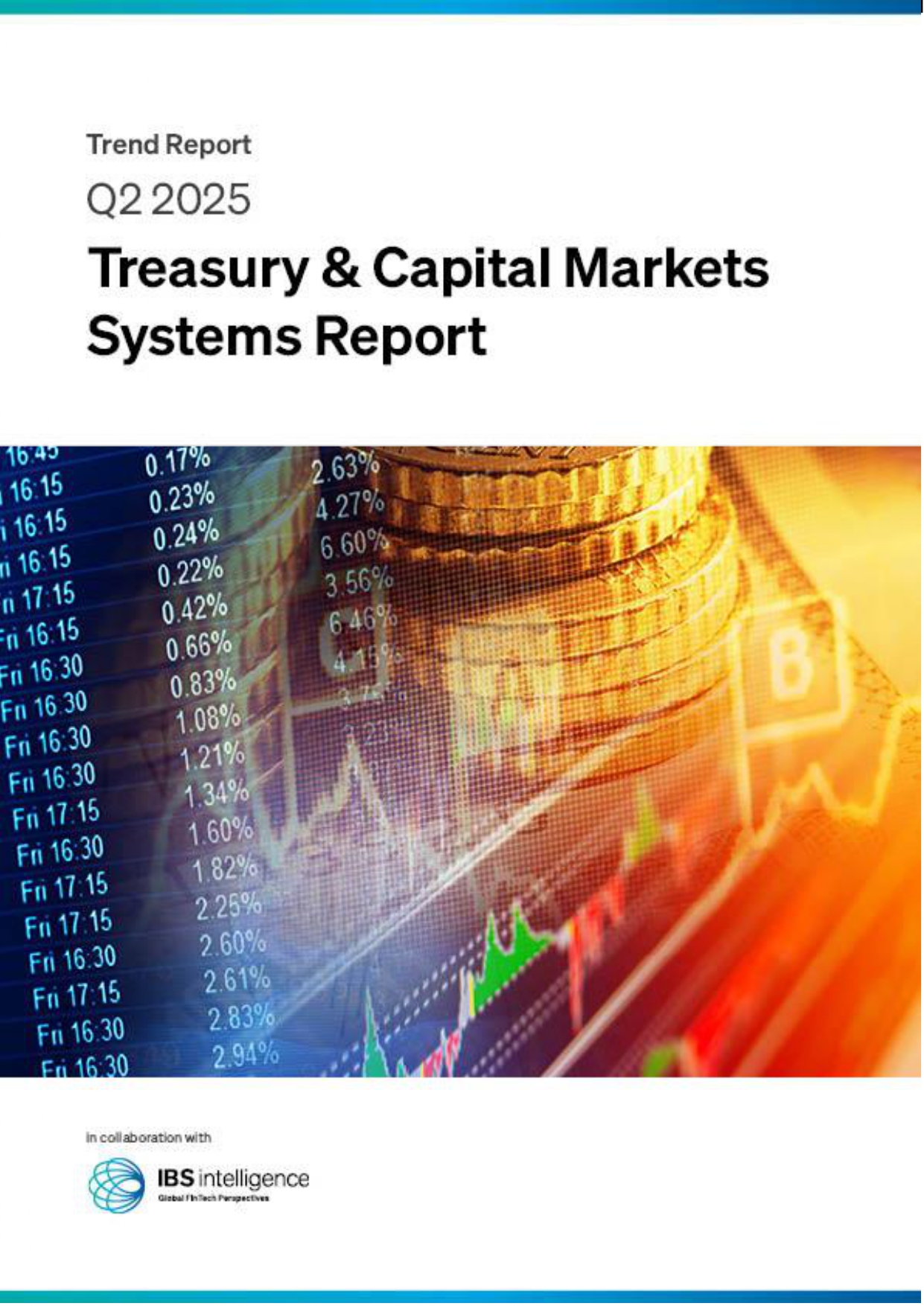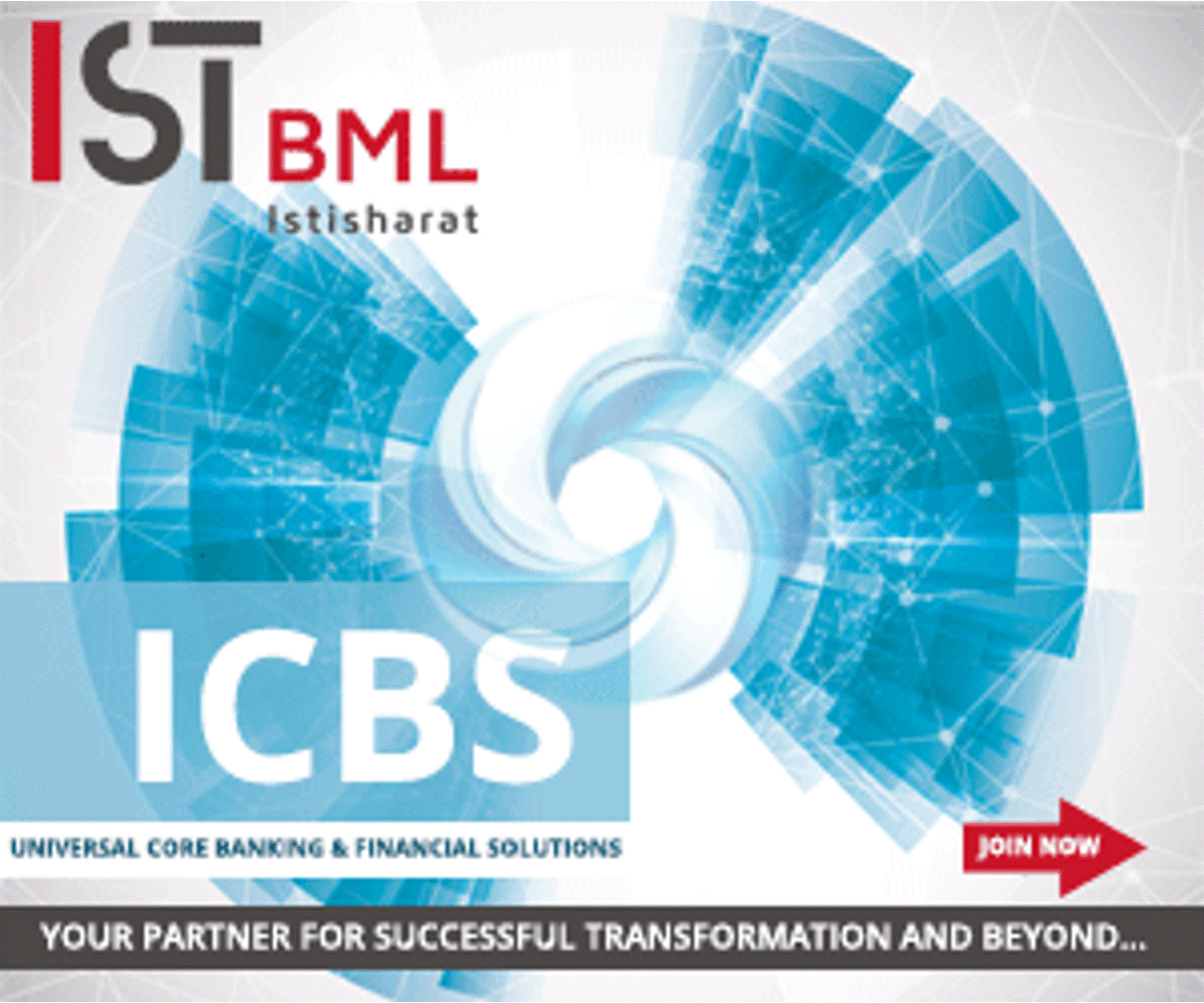 Back
Back
5 choices for policymakers to consider when exploring and piloting CBDCs
By Pavithra R
Cryptocurrencies are exploding in popularity at the same time the COVID-19 pandemic has forced an acceleration to digitization. Against that backdrop, it is of no surprise that central banks are weighing whether they should jump into issuing their own digital currencies, which are essentially virtual versions of their paper money.
The Bahamas has already launched the Sand Dollar digital currency, while China, Sweden, and the U.S. are all in various stages of exploring their digital money. These projects, dubbed central bank digital currencies (CBDCs), could transform the role the central banks plays while also changing the way user’s pay and get paid. Developing a CBDC has necessary implications for the broader financial system that must be carefully considered.
Mastercard believes in the need for a standard set of principles that should become the foundation of any CBDC. The company’s research has identified several design choices that need to be weighed to best balance the key risks and emerging opportunities of CBDCs. The firm has outlined 5 of the most critical choices policymakers should consider when exploring and piloting CBDCs.
1, Single tier vs two tier
In theory, a central bank could launch a CBDC by simply competing with banks to offer accounts directly to consumers. However, while central banks are well versed in ensuring financial resilience and managing monetary policy, are they prepared to deliver cutting-edge financial experiences or run a customer helpline?
Instead, most central banks are exploring two-tier models in which they “mint” the CBDCs and leave it to the private sector to distribute this money and innovate atop this new foundation. Mastercard considers two tier to be a better approach as it draws on the strengths of both central banks and existing private companies while using competition to create innovative products for customers.
2, Directly issued vs synthetic
Central banks with more advanced payment infrastructures are likely to create their own platforms to distribute CBDCs and settle transactions. However, there is also an alternative approach that the International Monetary Fund has floated. This method allows government to partner with private companies that make stablecoins. These companies can then deposit their reserves at the central bank, meaning their payment tokens would be indirectly backed by the central bank, creating what the International Monetary Fund has dubbed a “synthetic CBDC.”
3, Account vs token
Even after a central bank has decided who will issue and operate a CBDC, it still needs to determine the form that the CBDC will take. One option is for a CBDC account, or digital wallet, to look and feel like an online bank account. This approach will provide a familiar payment experience and allow the central bank to “piggyback” on existing infrastructure, simplifying the development of a CBDC. However, this version isn’t especially novel compared to existing bank accounts that can be accessed via mobile app.
An innovative approach would be to develop a “token-based” CBDC, which would behave a lot more like physical cash. A token-based CBDC can enable new features, such as offline payments, and the details of those transactionswill be secured and known only to the people exchanging the money. However, this form of CBDC also require people to learn new ways to use this kind of money. It might also increase the risk of theft and fraud since it would be less secure than an account-based CBDC.
4. Privacy vs compliance
Once a CBDC is ready to be issued, privacy is likely to be a big question in prospective users’ minds. In comparison with cash, CBDC transactions would likely need to capture personal data to some degree. It is unlikely that central banks would allow CBDCs to bypass existing anti-money-laundering (AML) and counterterrorism (CT) financing requirements, but will have to navigate privacy tradeoffs carefully. Most CBDCs will likely follow the same strict privacy restrictions that already exist for wire transfers and electronic payments.
5, Domestic vs cross-border
Ideally, money should move swiftly and smoothly across the globe, but cross-border payments remain complex and expensive. Some experts have speculated that connecting CBDCs of multiple countries could minimize the time, risk and costs associated with cross-border payments. A handful of central banks worldwide are currently exploring this idea, but unfortunately, addressing the challenges of cross-border payments requires much more than simply building a CBDC. Linking CBDCs requires much cooperation and trust between countries, not to mention on a global basis.
Also, read Cool FinTech Report 2021
IBSi FinTech Journal
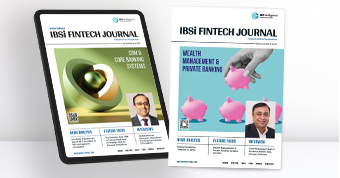
- Most trusted FinTech journal since 1991
- Digital monthly issue
- 60+ pages of research, analysis, interviews, opinions, and rankings
- Global coverage
Other Related News
Related Reports

Sales League Table Report 2025
Know More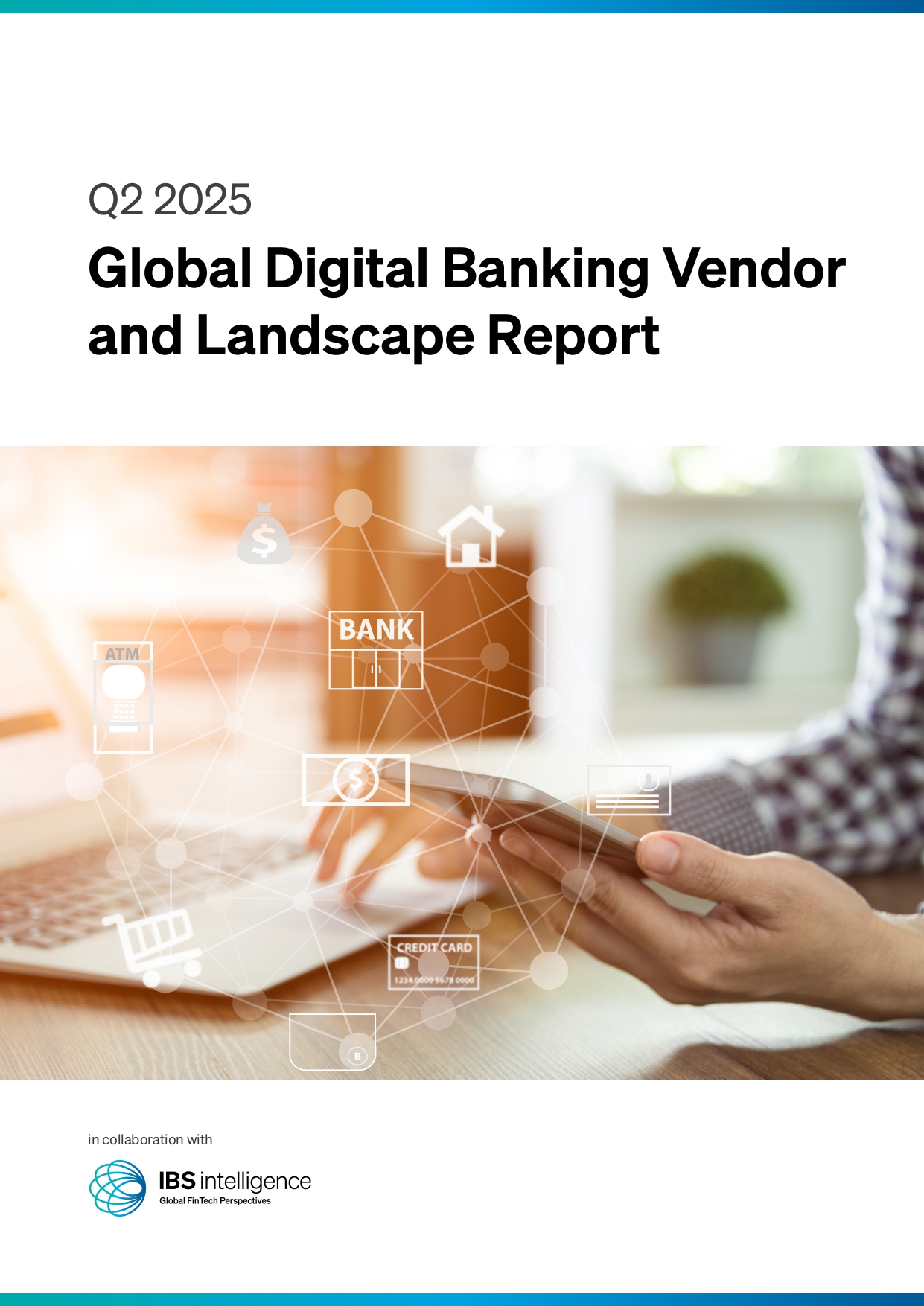
Global Digital Banking Vendor & Landscape Report Q2 2025
Know More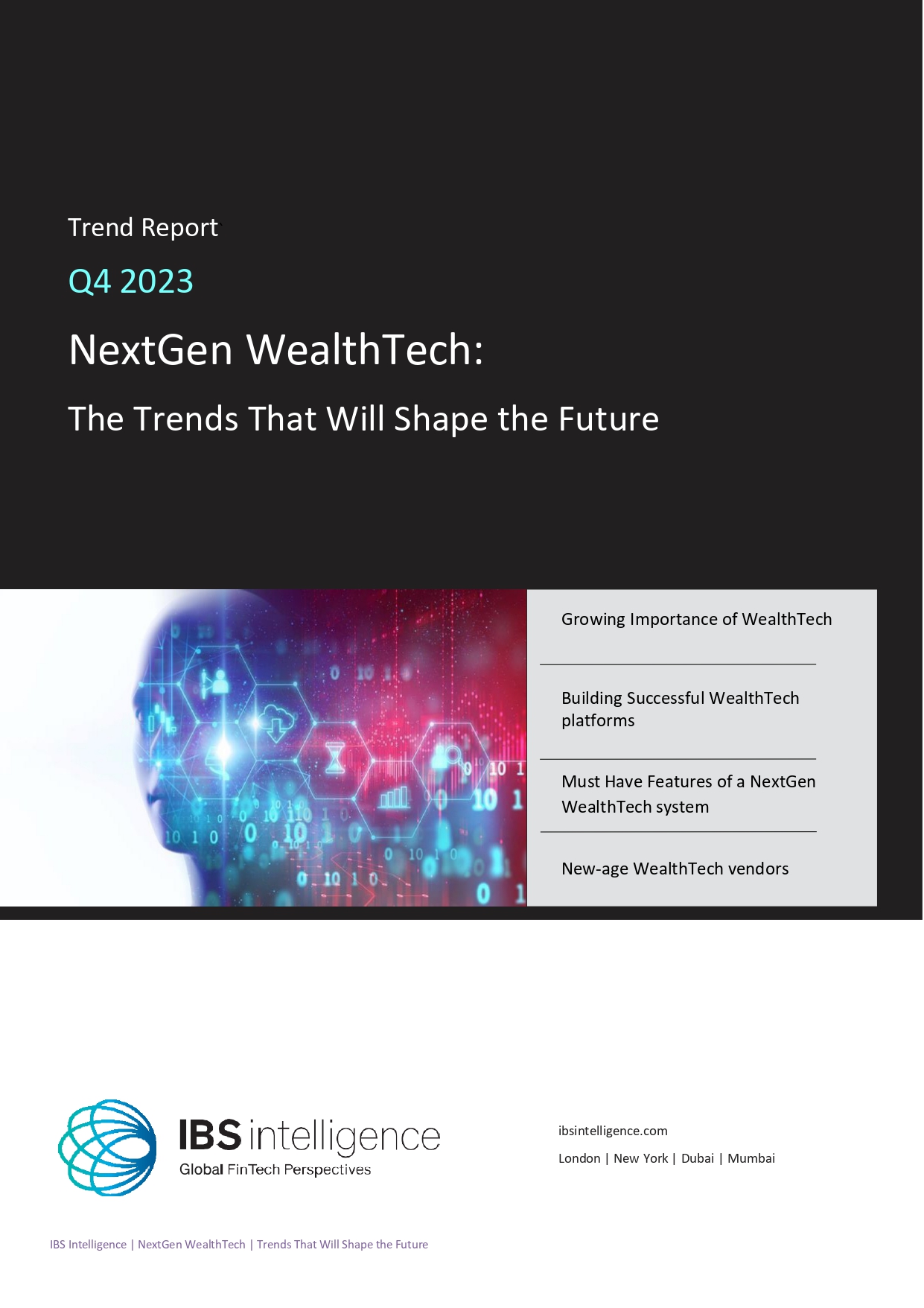
NextGen WealthTech: The Trends To Shape The Future Q4 2023
Know More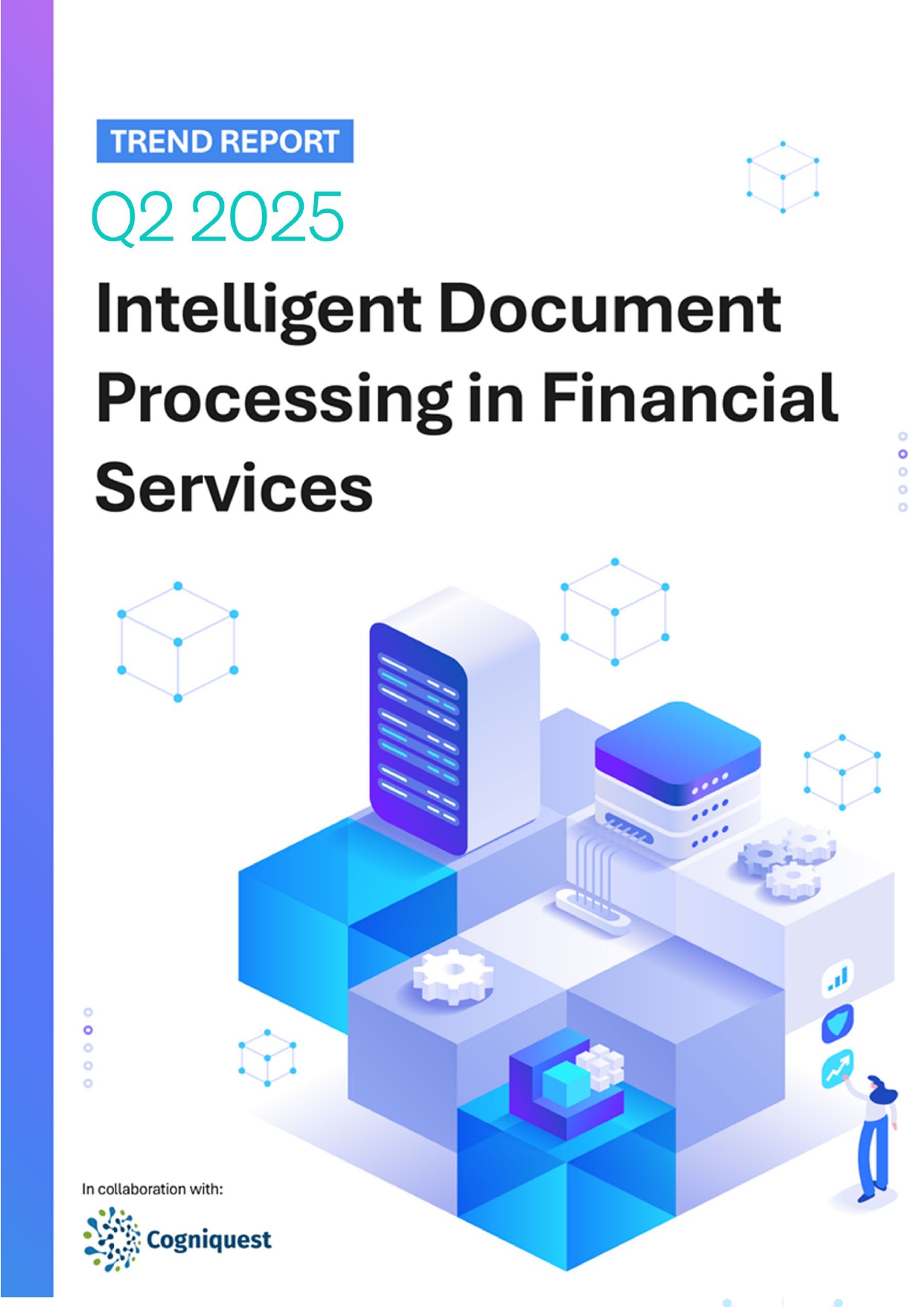
Intelligent Document Processing in Financial Services Q2 2025
Know More